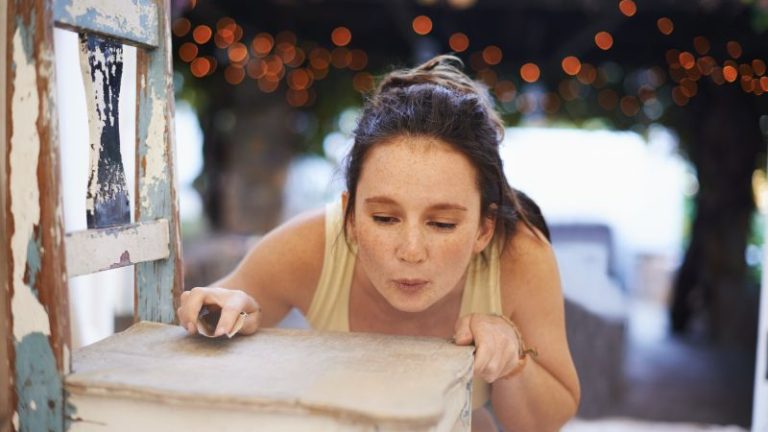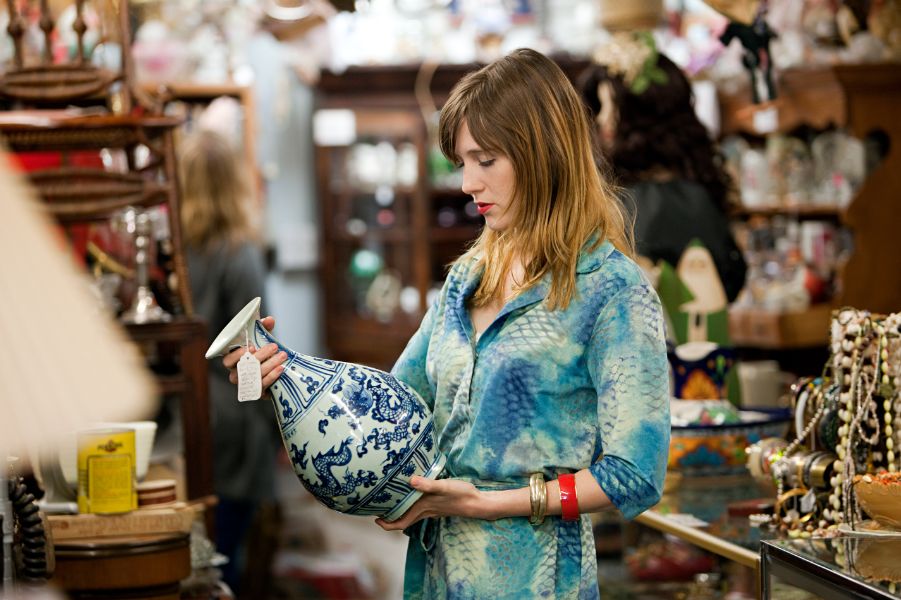Antiques are treasures from the past that bring with them a rich history and unique charm whether it is a vintage piece of furniture a hand-crafted ceramic vase or a stunning piece of jewelry, antiques have a timeless beauty that is unmatched. However, with the rise of antique replicas and forgeries, it has become increasingly challenging to distinguish between an authentic antique and a fake one. In this guide, we will go over some tips and tricks to help you identify authentic antiques and avoid falling for fakes.
Research the Era and Style
One of the first steps in identifying an antique is to research the era and style in which it was made this will give you a good idea of what to look for in terms of materials, construction and design. For example, if you come across a piece that is said to be from the 18th century you should know that furniture from that era was typically made from solid woods such as mahogany or walnut and had hand-carved details. Similarly, if you come across a piece from the Art Deco era you should expect to see clean lines, geometric shapes and a focus on functionality.
Examine the Materials and Construction
Another important factor in determining the authenticity of an antique is to examine the materials and construction this means looking at things like the type of wood used the way the joints are put together and the quality of the hardware. For example, if you come across an antique piece of furniture that is supposed to be made from mahogany, look for signs of aging such as a rich patina or wood grain. Additionally, be on the lookout for nails or screws that may have been added later as this could indicate that the piece has been altered or repaired.
Check for Maker’s Marks and Signatures
Many antique items especially those made by hand will have maker’s marks or signatures. This could be a label, a stamp or even a handwritten signature. These marks can be incredibly valuable in determining the authenticity of an antique as they can help you trace the item back to the original maker or artisan. When looking for maker’s marks pay close attention to the quality of the engraving or stamping. If the mark appears to be faint or worn this could indicate that the piece is a reproduction or forgery.
Look for Evidence of Wear and Aging
Another way to tell if an antique is authentic is to look for evidence of wear and aging this means paying attention to things like cracks, chips or scratches on the surface of the item. Of course, not all antiques will have the same level of wear and aging as it will depend on the use and storage of the item over the years. However, a piece that is said to be antique but has no signs of aging is likely a fake. Additionally, be wary of items that appear to have been artificially aged or distressed as this could be a sign that the piece is a recent reproduction.
Seek the Opinion of an Expert
If you are still unsure about the authenticity of an antique it is a good idea to seek the opinion of an expert. This could be an antiques dealer an appraiser or a museum curator. They will have a wealth of knowledge and experience in identifying antiques, and they can help you determine if a piece is genuine or not.
It is important to keep in mind that not all experts are created equal so it is a good idea to do your research and find an expert who is reputable and knowledgeable in the specific area of antiques that you are interested in. Before reaching out to an expert be sure to gather as much information as possible about the piece, including any relevant markings, materials and history. This will help the expert make a more informed assessment.


